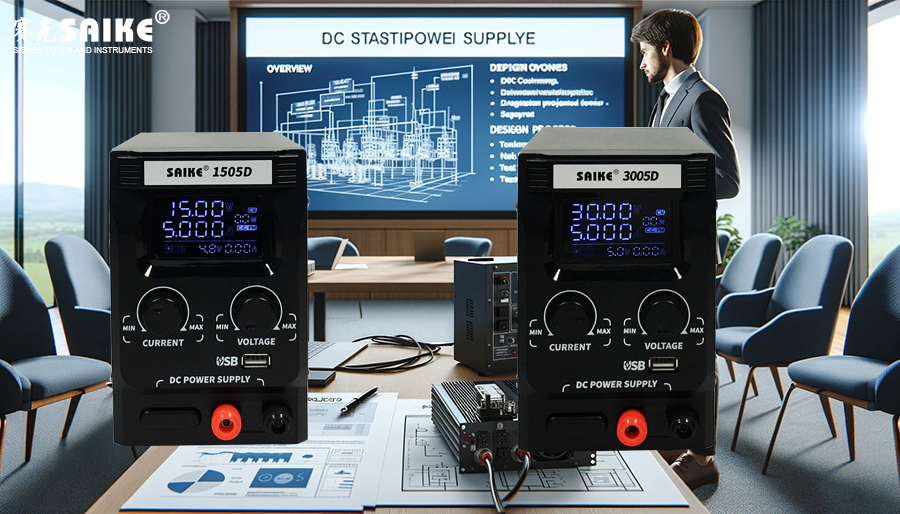
SK-YJ000ZLWYDY-KP 100045
Renewable energy systems, such as solar and wind power, rely on efficient and reliable DC stabilized power supplies to optimize energy conversion, storage, and distribution. DC stabilized power supplies play a crucial role in these systems as they ensure stable power output and enhance the performance of the entire energy system. This article explores the applications, design considerations, and future trends of DC stabilized power supplies in renewable energy systems.
I. Applications of DC Stabilized Power Supplies in Renewable Energy Systems
1.Solar Photovoltaic Systems
– In solar photovoltaic systems, DC stabilized power supplies are primarily used to convert the DC voltage generated by solar panels into a stable voltage suitable for battery storage or further conversion by inverters.
– They are also used to optimize the battery charging process, prevent overcharging and over-discharging, and extend battery life.
2.Wind Power Generation Systems
– The voltage generated by wind turbines fluctuates with wind speed. DC stabilized power supplies are used to smooth out the output voltage, ensuring stable power supply to the grid or storage system.
– They also regulate the quality of electricity to meet the standard requirements of the power grid.
3.Energy Storage Systems
– In battery storage systems, DC stabilized power supplies regulate the electricity received from solar panels or wind turbines, ensuring that the batteries are charged at the appropriate voltage and current.
– They are also responsible for extracting electrical energy from the batteries for use in household or commercial facilities.
II. Design Considerations
1.High-Efficiency Conversion
– Efficient conversion topologies and components, such as wide bandgap semiconductor materials (SiC, GaN), should be selected during the design phase to improve efficiency and reduce energy loss.
– High-efficiency conversion is key to reducing system operating costs and improving energy utilization.
2.Environmental Adaptability
– Renewable energy systems are often placed outdoors, and DC stabilized power supplies need to withstand harsh environments such as high temperatures, low temperatures, and high humidity.
– Waterproof, dustproof, and corrosion-resistant features should be considered during the design to ensure long-term reliable operation.
3.Intelligent Control Functions
– Integrating intelligent control technologies, such as using microprocessors to control the charging and discharging processes, allows real-time monitoring and adjustment of performance parameters.
– Supporting remote monitoring and fault diagnosis reduces maintenance requirements and costs.
III. Future Trends
1.Integration and Modularization
– With technological advancements, DC stabilized power supply systems will tend toward higher integration and modular design, simplifying installation and maintenance and improving system flexibility and scalability.
2.Interoperability with Smart Grids
– DC stabilized power supplies will become more intelligent, enabling seamless integration with smart grids for efficient energy distribution and management.
– This will include more advanced energy management strategies and optimization algorithms to respond to grid demand and market price changes.
3.Green Materials and Manufacturing Processes
– As environmental requirements increase, future DC stabilized power supply designs will increasingly adopt environmentally friendly materials and sustainable production processes.
– This aims to reduce the environmental footprint during manufacturing and operation.
IV. Conclusion
DC stabilized power supplies play a crucial role in renewable energy systems. They not only ensure efficient energy utilization and storage but also enhance the stability and efficiency of the entire system. Through continuous technological innovation and optimization, future DC stabilized power supplies will become smarter and more efficient, meeting increasingly stringent energy and environmental standards.


